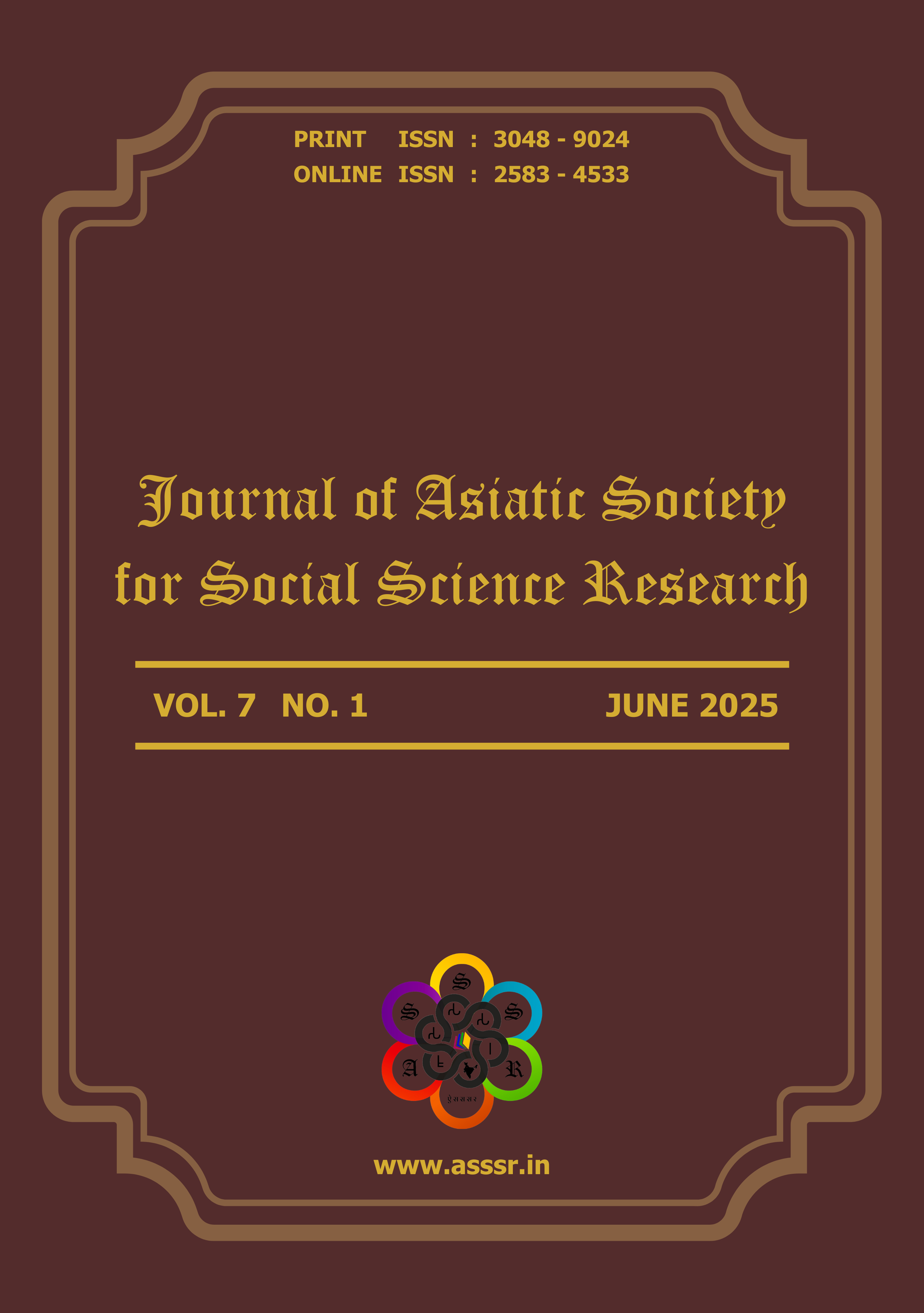Perceptions of Urbanity and Town Life in Medieval and Early Modern India
Insights from Banarsidas’s Ardhakathanak
Keywords:
Ardhakathanak, Banarasidas, Mughal India, Non-elite actors, Urban Life, UrbanityAbstract
In the bustling streets of medieval North India, where trade, faith, and everyday life intertwined, the true essence of urbanity was shaped not by emperors but by ordinary people. Ardhakathanak (1641), the autobiographical account of Banarsidas, a Jain merchant, offers an intimate glimpse into this vibrant world. Written in a candid and reflective voice, the text offers rare insights into how towns such as Jaunpur, Agra, Banaras, and Allahabad were inhabited, imagined, and negotiated by non-elite actors. Moving beyond official chronicles and imperial records, Ardhakathanak presents a dynamic view of cities as lived spaces shaped by trade, mobility, religious diversity, ethical concerns, and the everyday presence of the Mughal state. Through Banarsidas’s experiences, we gain access to a world in motion—where markets flourish, identities are tested, and urban life is both vibrant and fragile. This paper argues that Ardhakathanak allows us to rethink the nature of urbanity and urbanization in Mughal India from below, recovering a vernacular, deeply personal perspective on city life often absent in traditional historical narratives.
Additional Files
Published
How to Cite
Issue
Section
License
Copyright (c) 2025 Journal of Asiatic Society for Social Science Research

This work is licensed under a Creative Commons Attribution-NonCommercial-NoDerivatives 4.0 International License.
All right reserved.


